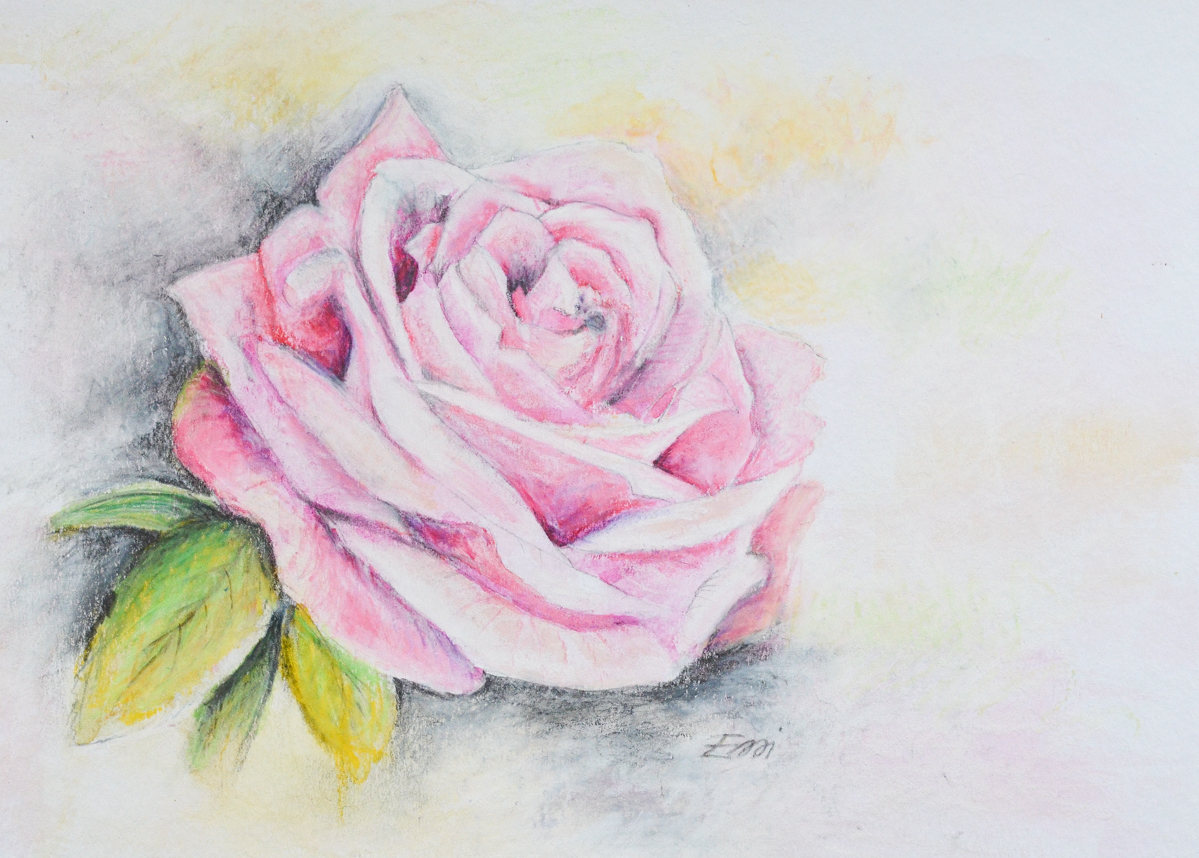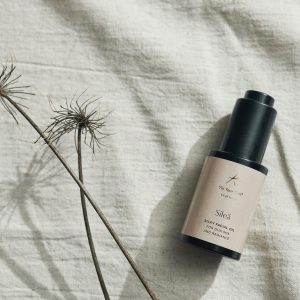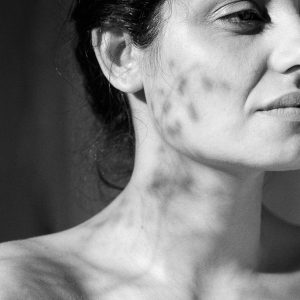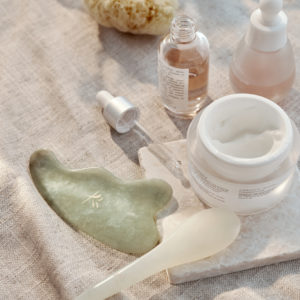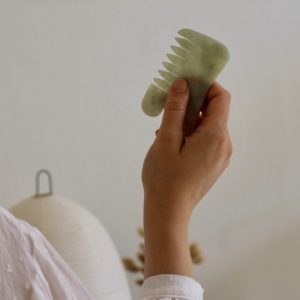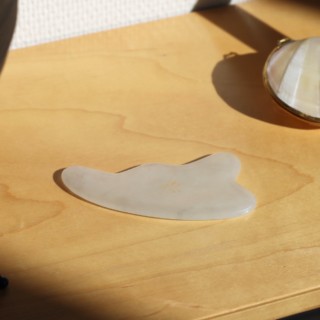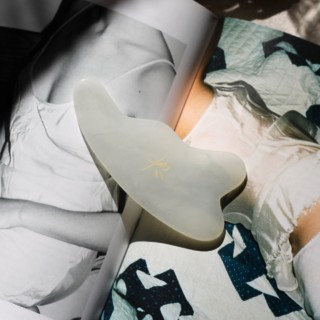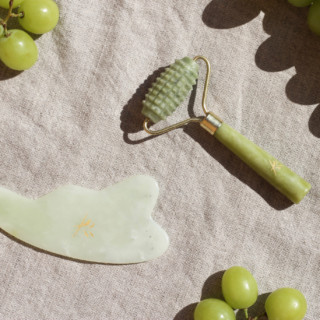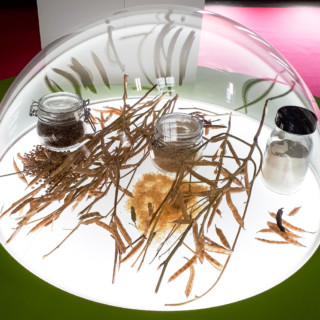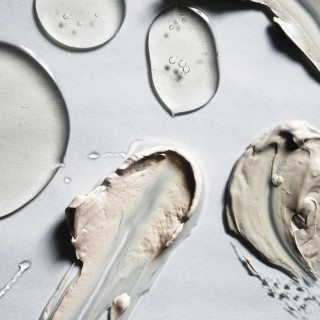I have been creating an article series on raw ingredients for nearly a yer now. I would have begun posting them earlier, but with this series I wanted to use illustrations instead of photographs. The wait has been absolutely worth the while, I feel so blessed to have such talented friends. The thought is to delve deep into the intriguing word of raw ingredients once a month where I will be introducing raw plant ingredients according to my own inspiration, not in any specific order.
For the first post I chose to take a look at rose, a plant that has for thousands of years been used in beauty care.
The history of rose
Did you know that roses have grown on our planet for over 40 million years? The rose has been here to welcome the very first people! The rose has been adapted into all cultures: it shooted from the blood of Adonis and from the sweat of Mohammed. The flower of Afrodite and Venus became the flower of The Virgin Mary and when Jesus Christ was crucified his drops blood turned into blssoming roses. In ancient India and Persia the rose was worshipped in rose cults.
The rose is a symbol of love, innocence, cleanliness and also of erotica. The rose carries the whole sphere of life: in ancient Greece the rose stood as a symbol for love and passion but also happiness, sorrow, life and death.
Can you guess the story behind how the essential oil of rose came to be? In old Persia the wedding of princess Noori and prince Tsihangiri was celebrated in a garden surrounded by a canal which was filled with rose petals. As the sun evaporated the essential oil from the rose petals into the water, the wedding guests crossing the canal stirred the waters and the scent and effect of the oil begun to hover in the air.
The glory of distilling rose oil belongs to Avicenna who by alchemistic trials was able to distill rose water in the 11th century.
The use of rose in skin care
Mainly two varieties of rose are used in cosmetics: Damask Rose (Rosa Damascena) which most commonly comes from Bulgaria, Turkey, Pakistan, India, Uzbekistan, Iran and China. And the Cabbage Rose (Rosa Centifolia) which comes from Marocco, France and Egypt. The scent of the Damask Rose is deep and strongly of rose, when on the other hand the scent of the Cabbage Rose is sweet and delicate.
All the rose petals are used, they are harvested in the morning between 5 and 7 am. During this time the right scent can be extracted for aromatherapeutic purposes. There are two ways to manufacture essential oil of the rose petals; in Rose Absolute , which is a yellowish, greenish or orange thick compressed oil extract, the essential oil has been made with a solvent. The scent of Rose Absolute is delicate. It is manufactured mainly in Grasse, France for the use of perfume industry.
Rose Otto is manufactured by steam distilling and is one of the most expensive essential oils. The scent of Rose Otto is very intense and lovely. As a side product of steam distilling we get rose water which is one of the most important raw ingredients in natural cosmetics. It can be used by itself as a facial toner, as a part of toner or other skin care products. The most precious and high quality Rose Otto is mainly produced in Bulgaria.
Dried rose petals are used as well. They can be used to make a warm or cold drink by infusing the petals in water or as an herbal facial steam. The petals can be used to make a syrup which is a great addition with desserts.
Rose suits all skin types. It renews, moisturises, protects, fortifies, smoothens and clears the skin, it is mildly antiseptic and treats signs of ageing. Rose oils and rose water work very well with sensitive, irritated, couperosa and rosacea skin. Rose Absolute and Rose Otto can be used in all skin care products, like cleansers, facial toners, moisturisers, serums, peels and masks.
The aromatherapeutic effects of rose
Rose is a feminine flower and is good for treating menstrual issues. Rose oil has a connection with sexuality and fertility and it can be used to increase sexual confidence for example during menopause. It has been argued that rose oil works as a precursor of hormones in the same way as vitamin B. Postpartum stress and an irregular cycle can be treated with Rose Otto. All menstrual issues can be treated by rubbing essential rose oil onto the low back and abdomen. Rose oil can be used on the skin by mixing 1-2 drops of essential oil into a tablespoon of base oil (for example almond or jojoba oil). Rose oil is wise to be avoided until the fifth month of pregnancy (but I would say that rose water as an ingredient in a moisturiser for example is ok because the component concentration of the essential oil remains minimal).
In aromatherapy the effect of rose is strong but gentle. Highly sensitive people are more receptive to it´s vibrations. Rose Otto will soothe a broken heart and alleviate depression, raise your mood and it helps to face challenges with an ease. The effect of Rose Otto is euphoric and calming and it belongs in the group of “intoxicating” essential oils like jasmin, ylang ylang and sandalwood.
Rose Absolute can be used to alleviate anxiety, restlessness, impatience and emotional trauma. A couple of drops of oil can be used in a diffuser and it may help to turn your mood around.
Products with rose oil
At the moment I´m totally in love with the Neal’s Yard Remedies Rose line, the line uses both Damascus Rose and Cabbage Rose in a delightfully authentic way. The rose line is especially good for thirsty skin that is dry on the surface and for dry skin, couperosa and rosacea.
Products to check out from the line are the pink Rose Antioxidant Mask, which contains mild natural fruit acids, the Rose Peel and Rose Facial Oil which will leave your skin silky smooth, the delightfully traditional toner and as my new love, the brand new moisturisers Rose & Mallow Moisturiser and my absolute favorite Rose & Almond Night Cream.
You can also find the best quality essential rose oils from Neal’s Yard Remedies. Their Rose Otto is absolutely divine…
What are your favorite rose products?
Illustration Essi Markku
Reference Ulla Kivimäki & Maarit Hirvonen: Hoitavat tuoksut aromaterapiaopas
Translation Mariko Pajalahti
